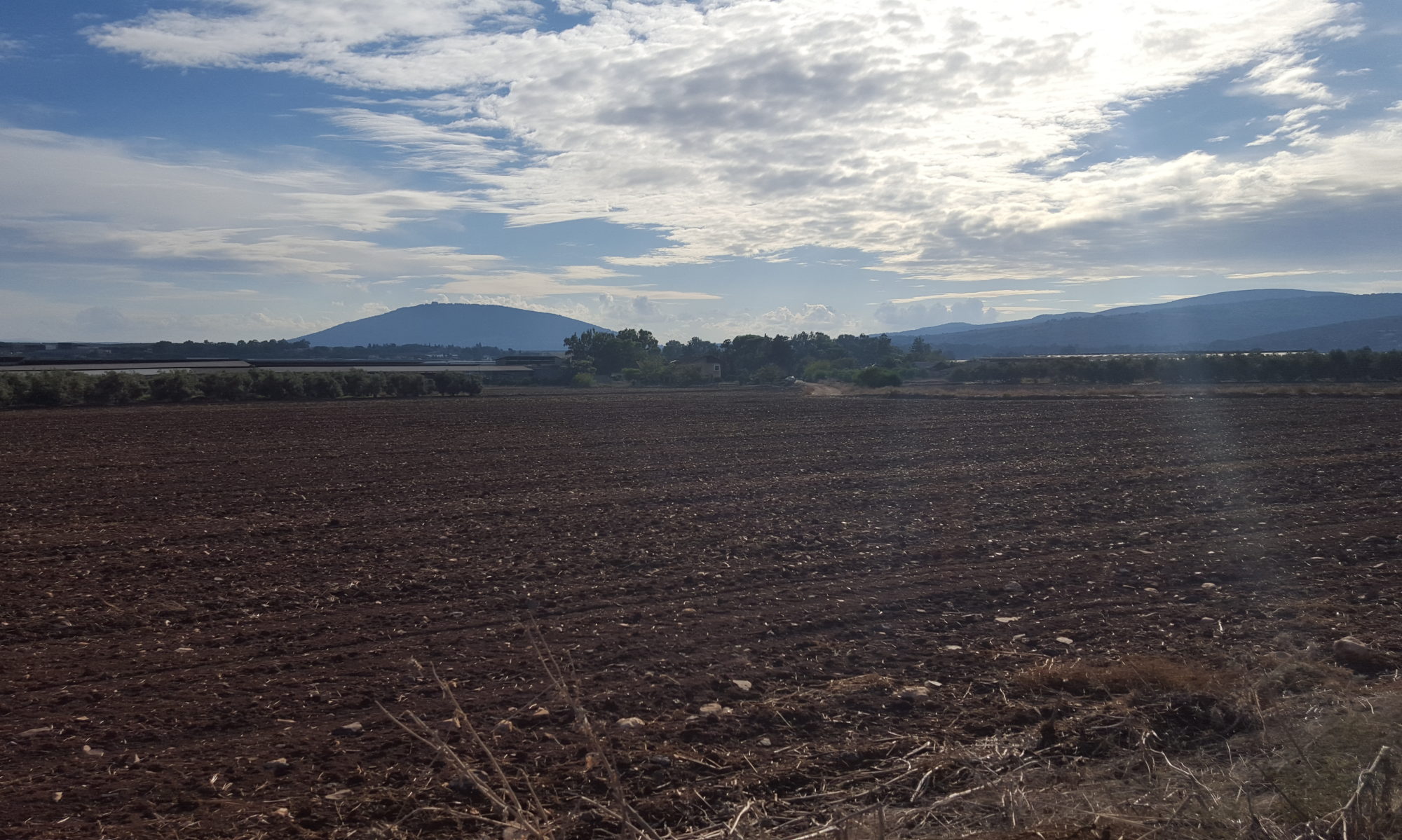The upcoming holiday has the most names of any of the Jewish festivals: Bikkurim (Festival of the First Fruits), Shavuot (Festival of Weeks), Atzeret (Festival of Completion), Matan Torateinu (Festival of the Giving of the Torah), and Katzir (Festival of Reaping). Our family generally relates to this early-summer holiday as a memory of Sinai, when God gave Israel the Torah, and as a culmination of the Omer period launched by Pesach, which is captured in the names “Shavuot” and “Atzeret.” But this year, we are in full “Katzir” mode.
The reason why the Torah names this holiday “Katzir” is that it marks the agricultural season when the last and most valuable of the cereals, wheat, is harvested. Until very recently, the crop cycle in Israel was linked exclusively to rain, as farmers did not have the means for large-scale irrigation of legumes or cereals. These crops are planted in late fall, and harvested in springtime and early summer. Have a look at this ancient inscription from Gezer, about three thousand years old, that marks the same cycle that we in Israel are still bound to:
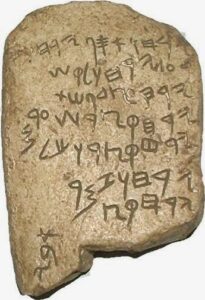
two months of sowing
two months of late sowing
one month of hoeing weeds
one month of barley harvesting
one month of harvesting and measuring (wheat)
two months of cutting grapes
The harvest cycle was one of the factors in establishing the nature of a number of Jewish holidays (Passover — barley, Shavuot — wheat, Sukkot — summer crops…even Chanukah, the Festival of Lights, falls out in the same season as the olive harvest!)
This was the first year that we planted wheat in our fields to reap for wheat kernels, and not for hay. (Hay is the harvested straw with the kernel still attached, and is stored in bales for livestock feed. We’ve done this in previous years, but this year we are hoping to cook and bake with our own wheat, and to feed kernels to the poultry).
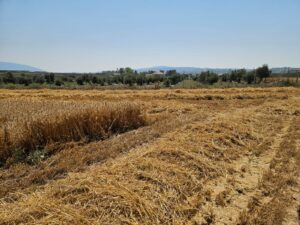
For most of human history, reaping was done with rudimentary tools:
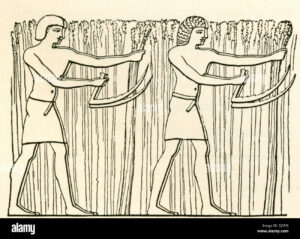
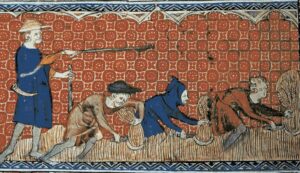
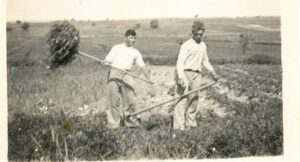
And then, along came the combine, which revolutionized food production. This magnificent machine both cuts the wheat AND separates the wheat berries from the chaff. Watch the reaping — it’s mesmerizing:
The combine can hold up to eight tons of wheat berries, which are then emptied out into huge sacks:
Ira explains what our plans are:
And here he is doing the mitzvot of separating terumot and ma’asrot, with a very special addition (skip ahead to min 1:25 for the cool factor):
It takes a long time to burn 300kilo of wheat:
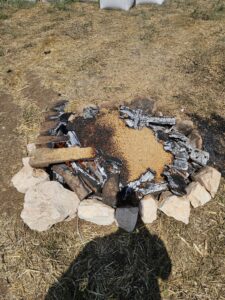
After that, Bat-Chen did some winnowing action in the field to get rid of any remaining chaff. Finally, some of this goodness had to be brought into the kitchen and baked! First, Bat-Chen ground the wheatberries into flour:

She then sifted the flour to separate the bran from the fine flour (I’m not sure we’ll continue with this, since it saps the grain of most of its nutrients, but since we’ve never baked with hand-ground wheat before, and she wanted the first loaves to be as luscious as possible, we decided to wait until later to experiment.) We’ll bake our challot for the upcoming holiday from this flour, in a first-time celebration of the spirit of the Biblical verse detailing the offering that was presented to God on Shavuot: “You shall bring an offering of new grain to God. You shall bring from your settlements two loaves of bread as an offering” (Leviticus 23:16-17).
Wishing all of Israel a blessed, bountiful and peaceful Katzir!
